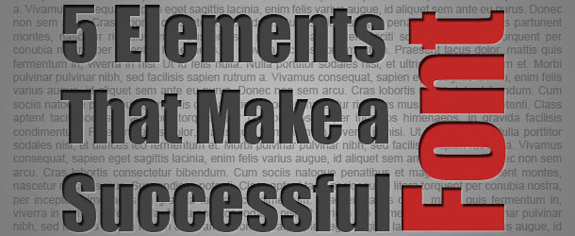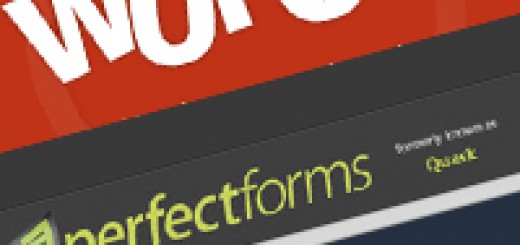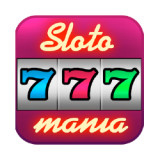5 Elements that Make a Font Successful
If you’re anything like me, you can get a bit obsessive when it comes to typography. Sometimes subtle, but often critical, the font selection for a piece can make or break it. But not every font is destined to be successful. Whether you are considering designing your own fonts for a brochure printing or committing a brand to a particular font family, there are a few elements of a successful font that you may want to know.

High Quality
First and foremost, a font must be well-designed. Regardless of its use—title, heading, body, or decorative—the font has to be designed with quality in mind. What makes a quality font? Consistency is the easiest way to identify quality fonts. Look for x-height, serifs, descenders, angles, and the like in the font from letter to letter.
Also, watch for the kerning between letters. Well-designed fonts are kerned carefully to ensure that the font is readable and the letters “sit” properly next to each other. For an easy check, type the letters “V” and “A” together and see how the letters work together. Do the letters overlap a little, closing the white space a bit, or do the letters sit equidistant from another creating excessive white space?
Easy to Read
Readability is critical for all font functions, with the exception of decorative fonts. Decorative fonts include fancy scripts, handwritten, and calligraphic designs which create a unique look but are not necessarily designed for easy reading. Decorative fonts are often reserved for adding flair to a design.
For any font that needs to be readable, test it in various sizes and on different mediums. Is your body text font easy to read on paper at 12pt? What about on a computer screen?
Complete Family
Another element that will make a font successful is whether or not it has, at a minimum, a complete family. This typically includes normal, bold, italic/oblique, and bold italic. This is especially true for a body text font. You typically do not need bolded or italicized font for titles and headers, but it is smart to have these available just in case.
For body text fonts, you need bold and italics styles in addition to the normal font. Emphasis is important for highlighting critical statements; all caps won’t get you by in every case.
Web Font Ready
Font must work on multiple mediums in today’s environment. That means a successful font will work on a billboard, a PDF document, the website, and letterhead. In fact, some designers make web font families a requirement, meaning that if a font hasn’t been designed to be used on the web then it’s automatically disqualified in their search for the ideal font.
If designing a font, consider the Web Open Font Format (WOFF)or True Type Font (TTF) so that users can easily import the font to a web page using CSS. Web Fonts are typically “lighter” than the standard fonts so that they do not take up a great deal of bandwidth.
Easy to Access
Finally, a successful font will be easily accessible. Many websites allow font designers to upload their fonts and even charge for their use. Consumers of fonts, such as web designers, can then download and use the fonts. A standard approach is to make a limited family available for free (normal, bold, and italics), but for the complete family you must pay.
Ultimately a font is successful if it fulfills its function for you. It is rare that a font family will only serve one purpose, though. So make sure your fonts can handle a wide range of uses and work in multiple mediums for it to really be successful.








